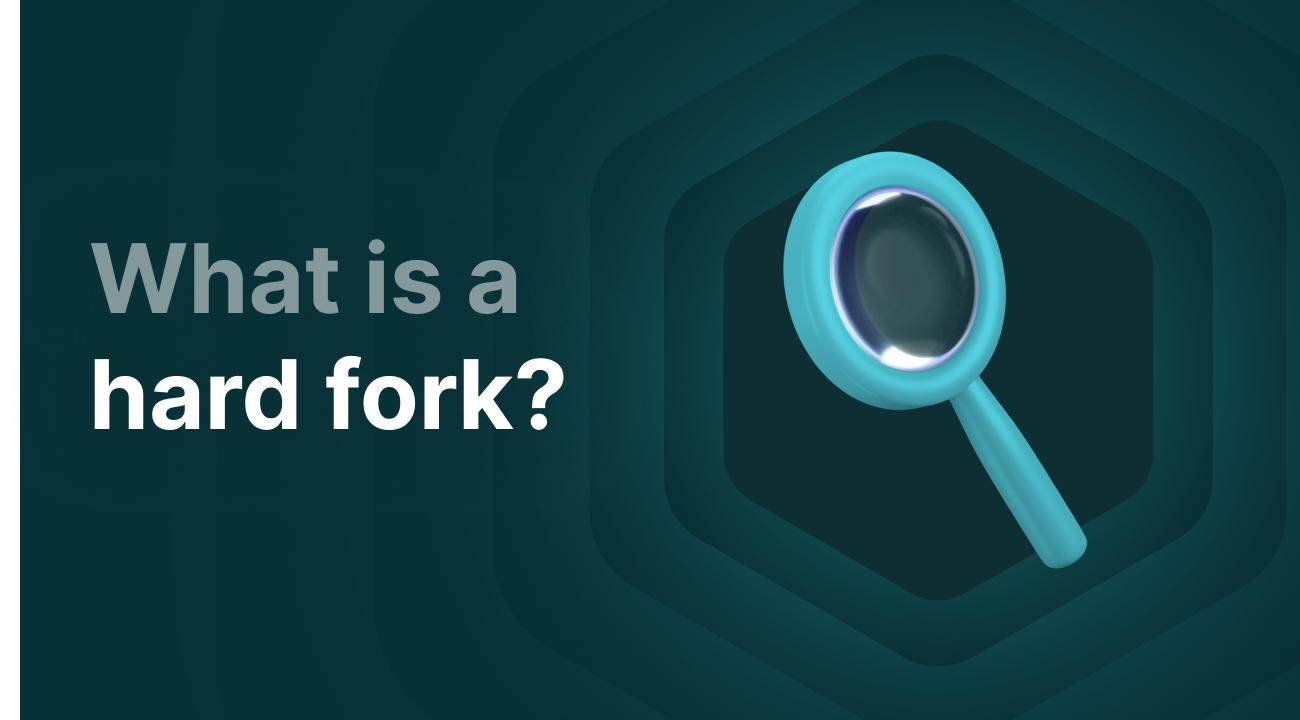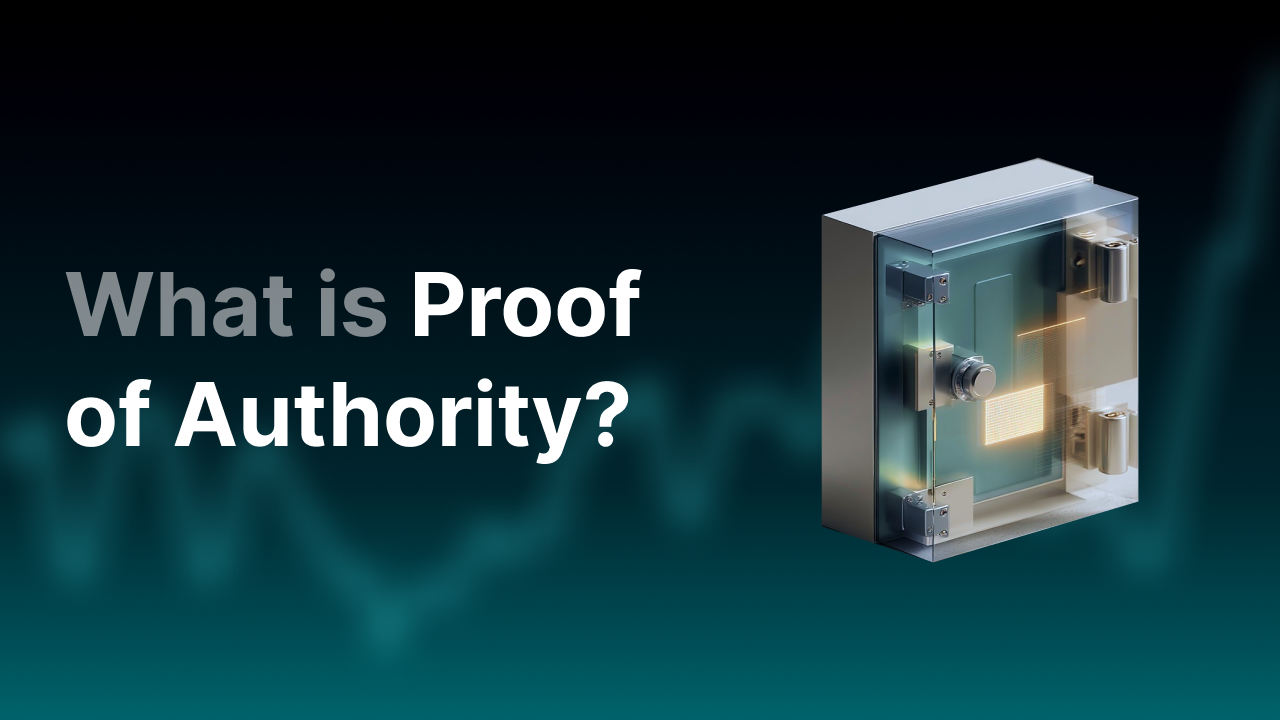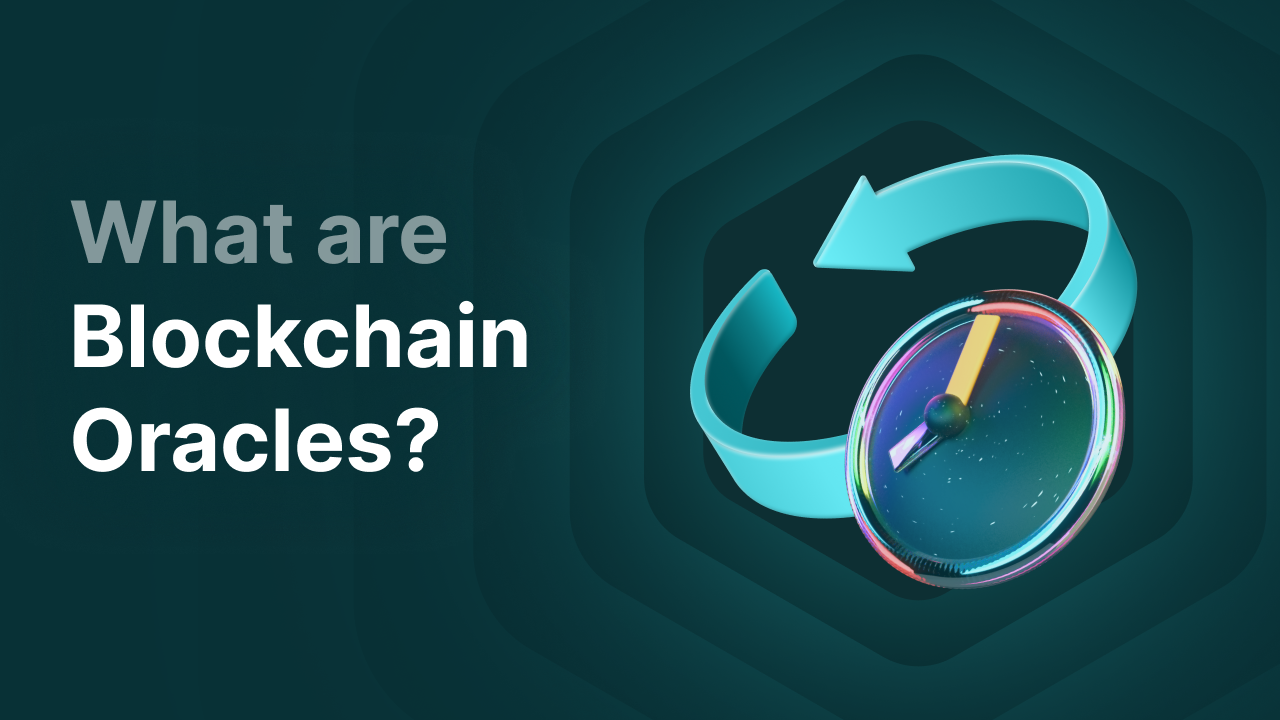What is a Hard Fork?

What is a hard fork?
A hard fork is the process of splitting a blockchain into two. All related private keys and coins are also transferred to the new version. Think of it like a fork in the road: one path continues with the old rules, while the other takes a new direction. Such a fork is sometimes needed to fix bugs or add new features.
For example, imagine there’s a bug in the original blockchain code that prevents transactions from processing correctly. Developers can then change the rules. This causes a “fork” — a split. From that moment on, there are two blockchains: one that continues as it was, and one with the new adjustments.
Key Takeaways
- A hard fork splits a blockchain and often creates a new coin.
- It can happen due to bugs in the code, major disagreements, or to introduce new features.
- Famous examples include Ethereum vs. Ethereum Classic and Bitcoin vs. Bitcoin Cash.
- In the 2022 Terra crash, the failure of the stablecoin UST led to a hard fork: Terra 2.0 (LUNA) and Luna Classic (LUNC).
When does this happen?
There are several reasons for a hard fork:
- To introduce new features
- To fix a major security issue
- If there’s disagreement within the community
- To reverse transactions (for example, after a hack)
A well-known example is Ethereum in 2016. The DAO was hacked and millions in Ether were stolen. The Ethereum community voted for a hard fork to undo the transactions. This created two networks: Ethereum (the new one) and Ethereum Classic (the old one).
What happens to your coins?
If you hold certain crypto at the time of a hard fork, you won’t lose anything. In fact, you’ll receive the same number of coins on the new blockchain. But beware: that doesn’t mean your portfolio doubles in value. The new coins will have their own price.
Example: you hold 100 coins worth €1 each. After the fork, you also get 100 coins of the new coin, but they might only be worth €0.05 each. So you've gained €5, not €100.
What is a soft fork?
A soft fork involves smaller changes like code updates. Everyone stays on the same blockchain, and the new rules are still compatible with the old software. In a hard fork, everyone has to switch to the new version. Key difference: a hard fork creates two blockchains, a soft fork does not.
Hard fork: Bitcoin and Bitcoin Cash
There have been many hard forks in crypto history, but one of the most famous is the Bitcoin split. In 2017, Bitcoin split into two chains: Bitcoin (BTC) and Bitcoin Cash (BCH). This happened due to a disagreement in the community about block size. One side wanted larger blocks to speed up transactions, the other didn’t. The result? A hard fork. And two separate coins.
If you held Bitcoin at the time, you automatically received the same amount of Bitcoin Cash. But again: those new coins had a different value. What matters in such cases is which chain the community considers the "main" one.
Hard fork: Terra Luna and Luna
The LUNA Crash
In May 2022, one of the biggest crashes in crypto history took place. The algorithmic stablecoin TerraUSD (UST) lost its peg to the US dollar. Normally, that peg was maintained through a mechanism involving its paired token, LUNA. If UST dropped below $1, users could swap UST for $1 worth of LUNA, and vice versa. This worked — until confidence vanished.
Massive sell-offs and panic caused UST to plummet far below $1. The algorithm tried to fix this by printing huge amounts of new LUNA tokens. The result: LUNA’s market value dropped from over $40 billion to nearly zero within days.
The collapse of UST and LUNA triggered a chain reaction across the crypto space. Many investors lost their savings, and other projects and companies tied to Terra were dragged down. It caused major distrust in algorithmic stablecoins and had long-term negative effects on the market.
Hard fork: Terra 2.0 and Luna Classic
To recover and start fresh, the Terra team led by founder Do Kwon decided to perform a hard fork. The original blockchain was renamed Terra Classic — similar to what happened with Ethereum Classic. Unlike the original, the new version didn’t include a stablecoin. The old protocol was essentially left behind — that’s what we call a hard fork.
On May 28, 2022, Terra 2.0 officially launched with a new token called LUNA (also referred to as LUNA2). The original blockchain remained as Terra Classic, and the original token was renamed Luna Classic (LUNC).
Although Terra 2.0 was meant as a new beginning, trust remained low. Meanwhile, LUNC remained active, supported mostly by speculators and community members hoping for a comeback. With the launch of LUNA2, the old blockchain became largely obsolete, and a new crypto was born.
Do you always get free coins?
Often yes, but not always. Whether you can actually claim them depends on where you keep your crypto. If you store them on an exchange, you’ll need to check if that platform supports the fork. Most do, since there’s money to be made — also for them.
Differences between a hard fork and a soft fork
- A hard fork creates two blockchains, a soft fork doesn’t
- Hard forks can lead to a new coin, soft forks typically don’t
- You may get extra coins with a hard fork, but not with a soft fork
- A hard fork usually happens due to a major disagreement
- In a soft fork, old and new rules can coexist
- A hard fork requires new software, a soft fork doesn’t
Final Thoughts
A hard fork is a major blockchain update that splits the network into two. As a result, you get two separate chains, each with its own rules — and often, a new coin. This can happen to fix bugs, add features, or resolve disputes.
A famous example is Terra Luna. After its crash in 2022, a hard fork created the new coin LUNA2, while the old chain became Luna Classic (LUNC).
You’ll often receive free coins on the new chain during a hard fork, but it depends on where you store your crypto.
The main difference with a soft fork is that a hard fork creates a completely new blockchain — and possibly a new coin too.




